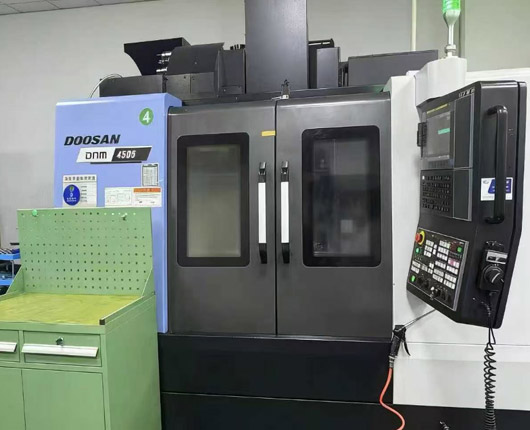In the entire process of sheet metal processing, structural design and process analysis are like "two sides of one coin". The former determines the function and form of the product, while the latter ensures the achievability and processing efficiency of the design scheme. High-quality sheet metal products are inevitably the result of deep adaptation between structural design and process requirements. Neglecting the synergy between the two can, at the very least, increase processing costs and prolong production cycles, and at the worst, lead to substandard product performance or even failure to achieve mass production.
Sheet metal structure design should revolve around the two principles of "functionality prioritized, process feasible". From a functional perspective, the design needs to clarify core indicators such as the product's load-bearing requirements, protection level, and assembly relationships - for example, the sheet metal housing of an outdoor display screen needs to achieve waterproof and dustproof through reasonable structural design, while also reserving heat dissipation holes and maintenance openings; whereas the sheet metal casing of medical equipment not only needs to meet lightweight requirements but also needs to avoid sharp edges and corners to ensure safety during use. From the perspective of process adaptability, design stages need to anticipate and avoid processing difficulties: for example, bending structures need to reserve sufficient bending allowance to avoid mold interference due to excessively close dimensions; punching positions need to be away from the edges of the sheet to prevent sheet cracking during processing; complex three-dimensional structures should be disassembled into simple, assembled components as much as possible to reduce welding or assembly difficulties. In addition, standardized design is also crucial. Adopting universal hole sizes and bending radii can reduce mold customization costs and enhance the interchangeability of components.
Process analysis serves as a bridge connecting design schemes with actual production, and it must cover key nodes throughout the entire processing flow. In the material selection stage, process analysis should recommend suitable materials based on the product's intended use. For example, 316 stainless steel is preferred for marine equipment sheet metal that requires corrosion resistance; high-strength aluminum alloy is commonly used for automotive sheet metal components that aim for lightweight. When selecting processing techniques, technical solutions should be matched according to structural complexity and precision requirements: simple plane cutting can be done using CNC punching, which is more efficient; for complex irregular contours or thick plate cutting, laser cutting offers superior precision; for large-scale bending parts, the bending sequence needs to be analyzed to avoid obscuring the previous bending positions during subsequent processes. The selection of surface treatment processes also relies on careful analysis. Electrostatic spraying can be chosen for indoor equipment sheet metal, balancing cost and aesthetics; for outdoor sheet metal components that are used for long periods, electrophoresis or hot dip galvanizing processes are required to enhance anti-aging capabilities.
The synergy between structural design and process analysis can also achieve the goal of "cost reduction and efficiency improvement". For example, through process analysis and design optimization, the originally multi-welding structure can be changed to an integrally formed stamping structure, which can not only reduce the precision error caused by welding deformation but also shorten the processing time. By introducing process simulation at the early stage of design and using software to predict issues such as bending rebound and welding stress, design parameters can be adjusted in advance, significantly reducing the cost of trial and error. Conversely, if design and process are disconnected, a dilemma of "the design can be achieved, but the processing cannot" may arise - such as a closed cavity structure in the design that does not reserve openings for welding or assembly, which ultimately leads to the need to modify the design and delay the production schedule.
Nowadays, with the development of intelligent processing technology, structural design and process analysis are moving towards deeper integration. With the help of CAD/CAM integrated software, design models can be directly connected to processing equipment, and process parameters can be automatically generated and optimized through the software. At the same time, big data analysis can accumulate processing technology data for different structures and materials, providing more accurate references for subsequent design and process selection. It can be said that doing a good job in sheet metal structural design and process analysis is not only the foundation for ensuring product quality, but also the core of enhancing the competitiveness of the sheet metal processing industry.

 2025-09-25
2025-09-25  +86-138-510-86968
+86-138-510-86968 Scan the QR code
Scan the QR code
 Official website
Official website